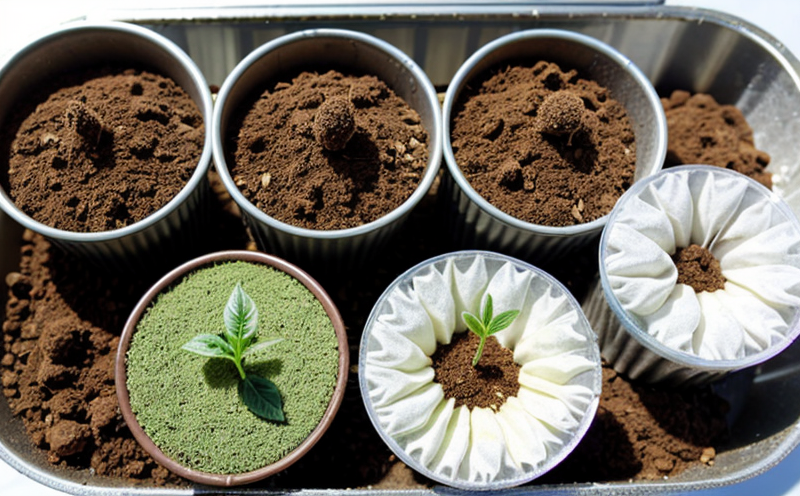Seed Storage Potential Testing
The Seed Storage Potential Testing is a critical service that ensures agricultural seeds maintain their viability and germination capabilities over extended storage periods. This testing is essential for quality managers, compliance officers, R&D engineers, and procurement teams involved in seed production, processing, and distribution.
In the context of agriculture and forestry, maintaining seed quality is paramount to achieving optimal crop yields. The integrity of seeds stored for long durations can be compromised by environmental factors such as temperature, humidity, and oxygen levels. This service aims to evaluate how these conditions affect the storage potential of seeds, ensuring that they remain viable upon planting.
The testing process involves subjecting seeds to controlled environmental conditions designed to simulate real-world storage scenarios. The primary goal is to determine at what point a seed's ability to germinate and grow starts to decline. This information is invaluable for optimizing storage protocols, improving product quality, and ensuring compliance with international standards such as ISO 3632-1.
During the testing process, seeds are subjected to various environmental stressors including temperature fluctuations, humidity levels, and oxygen exposure. These parameters are carefully controlled to mimic conditions that might be encountered during storage in different regions around the world. The test duration can vary from weeks to months depending on the specific requirements of the client.
The testing equipment used includes climate-controlled chambers with precise control over temperature, humidity, and oxygen levels. Seeds are stored under these controlled conditions for extended periods before being evaluated for germination rates. This process allows for an accurate assessment of how well the seeds have maintained their viability during storage.
Upon completion of the test period, the seeds undergo a series of germination trials to determine their ability to sprout and grow into healthy plants. The results are then compared against baseline data collected from unexposed seeds to establish any decline in performance due to storage conditions.
The findings from this testing are crucial for quality managers who need to ensure that seeds meet strict industry standards before they reach the market. Compliance officers rely on these tests to verify that all processes and products comply with regulatory requirements set by governing bodies like the International Seed Testing Association (ISTA).
R&D engineers use the results of this testing to refine storage techniques and improve seed quality. By understanding exactly how different environmental factors impact seed viability, they can develop more effective preservation methods that extend shelf life without compromising germination rates.
Benefits
The benefits of conducting Seed Storage Potential Testing are numerous and far-reaching. Firstly, it ensures consistent product quality by identifying any potential issues early in the production process. This helps prevent substandard seeds from reaching consumers or being planted in fields.
- Enhances crop yields through optimized storage practices
- Improves compliance with international and local regulations
- Promotes sustainable farming practices by minimizing waste
- Facilitates better decision-making regarding seed sourcing and processing
Secondly, this testing contributes significantly to the sustainability of agricultural operations. By extending the shelf life of seeds, it reduces the amount of waste generated from expired or non-viable seeds. This not only saves resources but also decreases environmental impact by limiting the need for repeated planting cycles.
Environmental and Sustainability Contributions
- Promotes efficient use of resources through optimized storage techniques
- Reduces waste in agricultural operations
- Supports sustainable farming practices by ensuring high-quality seeds reach the fields
- Minimizes carbon footprint associated with repeated planting cycles
Use Cases and Application Examples
This service is particularly beneficial for companies involved in large-scale seed production, distribution, and retail. For instance, a multinational agribusiness might use this testing to ensure that its seeds are suitable for export markets with varying climate conditions.
A local farmer cooperative could utilize these tests to assess the viability of their stored crop seeds before planting season begins. Additionally, research institutions often rely on such evaluations to study the effects of different environmental factors on seed longevity and germination rates.
Another application involves regulatory bodies that need to verify compliance with stringent quality standards for imported or domestically produced seeds. By ensuring that all seeds meet these criteria through rigorous testing, they contribute towards maintaining high standards in agriculture globally.





